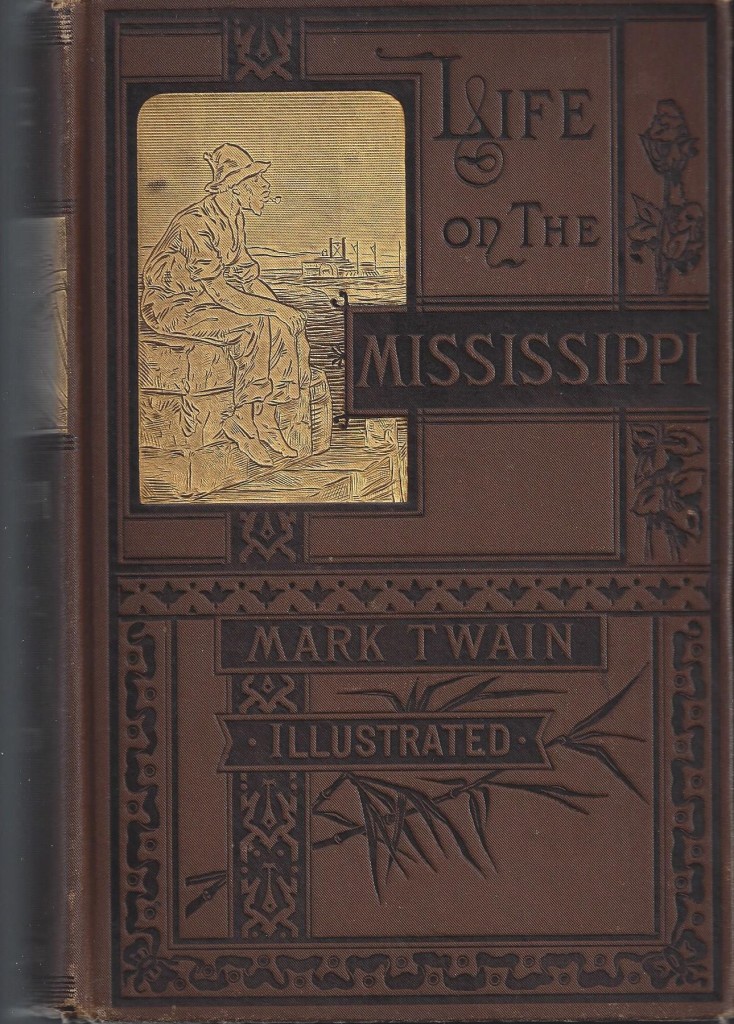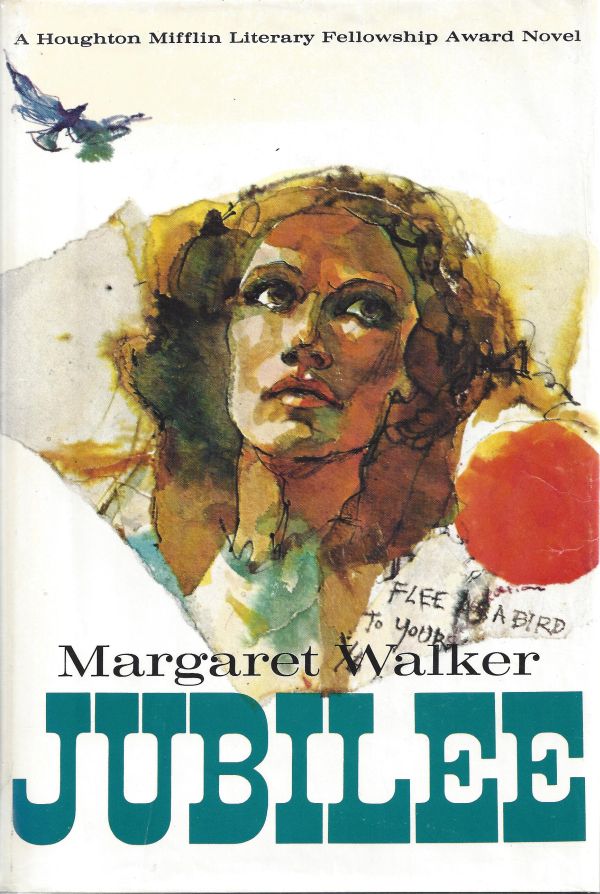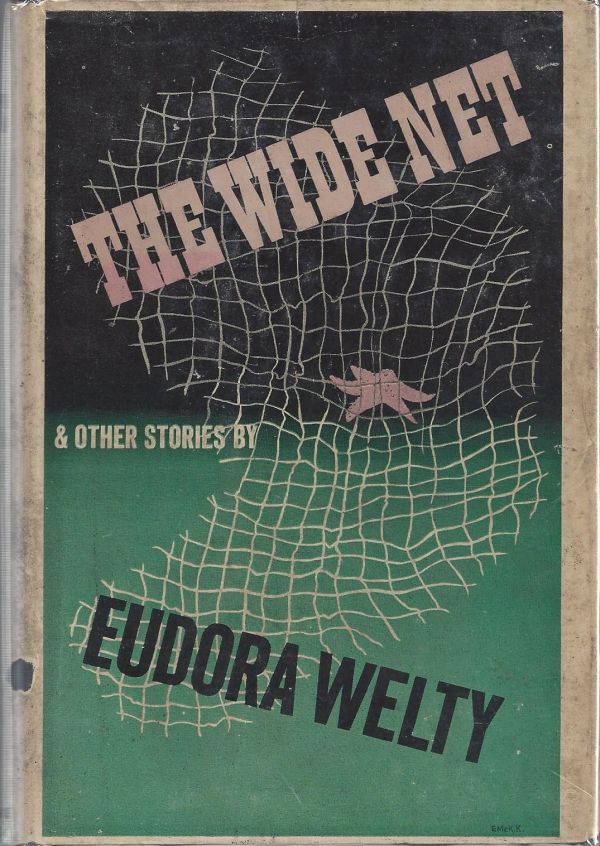 Life on the Mississippi by Mark Twain. Boston: James R. Osgood & Company, 1883.
Life on the Mississippi by Mark Twain. Boston: James R. Osgood & Company, 1883.
“The face of the water, in time, became a wonderful book—a book that was a dead language to the uneducated passenger, but which told its mind to me without reserve, delivering its most cherished secrets as clearly as if it uttered them with a voice. And it was not a book to be read once and thrown aside, for it had a new story to tell every day.”
Samuel Clemens, at the age of ten, left his hometown of Hannibal, Missouri, on his first riverboat voyage in 1853. He found work as a printer in St. Louis and confidently moved on for other work in New York City, Philadelphia, and Washington, D.C. Several years later he landed his dream job as an apprentice to a veteran steamboat pilot on the Mississippi River. Clemens’ career came to an abrupt halt when traffic on the river became impossible during the Civil War. By 1863 he was working as a reporter and first signed his pen name “Mark Twain.” Throughout his writing life, Twain returned to the river, and none more so than in “Life on the Mississippi.”
Twain published a seven-part series of essays,“Old Times on the Mississippi,” based on his travels on the Mississippi River in the Atlantic Monthly in 1875. Seven years later Twain made a trip on the Mississippi with his publisher James Osgood and stenographer Roswell Phelps to gather more material to make a book suitable in length for the subscription book market.
 The first edition of “Life on the Mississippi” was lavishly illustrated. The spine and cover featured gold stamped scenes of riverboat life on the Mississippi by the principal artist John Harley. While Harley focused on many of the river folk sketches, Edmund Henry Garrett was employed to capture many of the landscape and shoreline scenes. To meet the publishing deadline, illustrator A. B. Shute was added to the team to complete the final chapters. The illustrations also identify a first edition, first printing: a Mark Twain in flames above a cremation urn was removed from subsequent printings due to objections from his wife.
The first edition of “Life on the Mississippi” was lavishly illustrated. The spine and cover featured gold stamped scenes of riverboat life on the Mississippi by the principal artist John Harley. While Harley focused on many of the river folk sketches, Edmund Henry Garrett was employed to capture many of the landscape and shoreline scenes. To meet the publishing deadline, illustrator A. B. Shute was added to the team to complete the final chapters. The illustrations also identify a first edition, first printing: a Mark Twain in flames above a cremation urn was removed from subsequent printings due to objections from his wife.
In 19th century America, illustrated books were the main way visual images entered the home, influencing how Americans learned about history and faraway places. Altogether the illustrations in “Life on the Mississippi” were, and still are, vital compliments to the text of “Life on the Mississippi.”
Written by Lisa Newman, A version of this column was published in The Clarion-Ledger’s Sunday Mississippi Books page.







 Poet Nikki Giovianni described her good friend Margaret Walker as “the most famous person nobody knows.” While known for her signature poem “For My People,” her novel
Poet Nikki Giovianni described her good friend Margaret Walker as “the most famous person nobody knows.” While known for her signature poem “For My People,” her novel  Jubilee is significant because until the 1960s black historical fiction had hardly been attempted by black writers. Jubilee was the first novel to be written by a black writer from slavery to reconstruction from the daily perspective of the black population. That Walker took 30 years to research it from a historical perspective while maintaining the heart of the story gleaned from her grandmother’s stories is no surprise. Scholars have credited Walker with paving the way for other black historical novels like Ernest Gaines’s The Autobiography of Miss Jane Pittman and Toni Morrison’s Beloved.
Jubilee is significant because until the 1960s black historical fiction had hardly been attempted by black writers. Jubilee was the first novel to be written by a black writer from slavery to reconstruction from the daily perspective of the black population. That Walker took 30 years to research it from a historical perspective while maintaining the heart of the story gleaned from her grandmother’s stories is no surprise. Scholars have credited Walker with paving the way for other black historical novels like Ernest Gaines’s The Autobiography of Miss Jane Pittman and Toni Morrison’s Beloved.